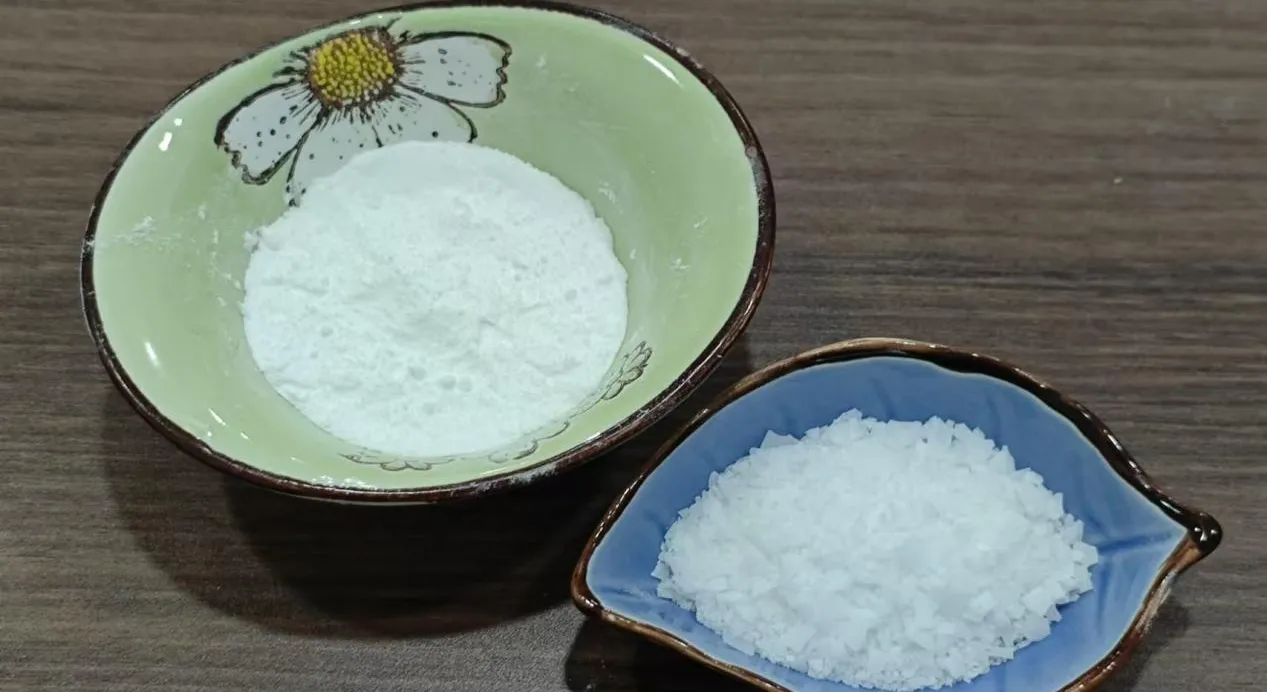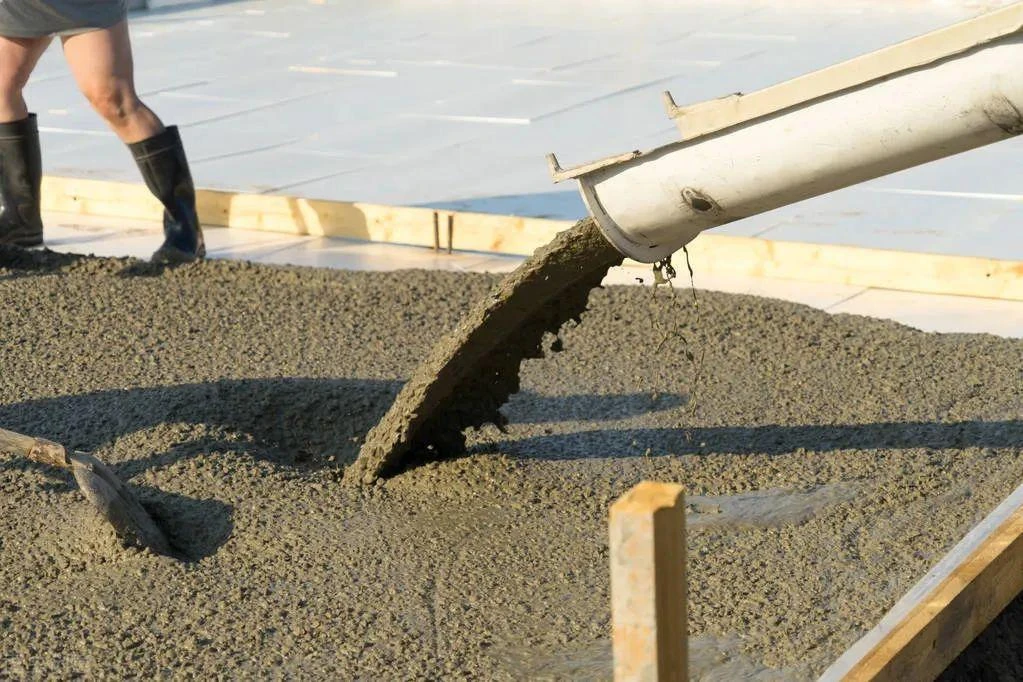
High-Performance Polycarboxylate Concrete Admixture Superior Superplasticizer Powder Solutions
- Introduction to polycarboxylate concrete
and its significance in modern construction - Chemical structure and performance advantages of polycarboxylate-based admixtures
- Technical superiority: Water reduction, workability, and sustainability impacts
- Manufacturer comparison: Data-driven analysis
- Customization options: Tailoring solutions for diverse project needs
- Real-world application cases: Demonstrating effectiveness across projects
- Conclusion: Future of polycarboxylate concrete admixture in sustainable construction

(polycarboxylate concrete)
Introduction: The New Era of Polycarboxylate Concrete
The advancement of polycarboxylate concrete represents a foundational shift in contemporary construction, fundamentally transforming the performance and sustainability of building materials. Developed as a response to increasing demands for eco-friendly and high-performance infrastructures, polycarboxylate superplasticizer powder and admixtures have rapidly become indispensable components in civil engineering. These formulations offer unmatched capabilities in concrete technology, ensuring the balance of workability, durability, and environmental stewardship. As global concrete production surpassed 15 billion cubic meters annually, with the built environment accounting for nearly 8% of global CO₂ emissions (IEA, 2022), the imperative for advanced materials like polycarboxylate-based admixtures has never been clearer. This article delves into the structure, benefits, and applications of polycarboxylate concrete, examining comparative data, customization, and industry best practices.
Chemical Structure and Performance Benefits
Polycarboxylate concrete admixtures owe their superior properties to precision-engineered molecular structures. Unlike early-generation plasticizers, polycarboxylate compounds feature a comb-like architecture with carboxylic acid functional groups positioned along the polymer backbone and polyethylene glycol side chains. This arrangement imparts two critical benefits: electrostatic repulsion and steric hindrance. Electrostatic repulsion ensures uniform particle dispersion, while steric hindrance prevents flocculation, resulting in enhanced slump retention and workability without excess water. Studies have documented water reduction rates exceeding 35%, compared to an average of 15–20% for traditional naphthalene-based additives (ASTM C494). These properties are further augmented by the minimized risk of segregation and bleeding, translating into finished structures with higher compressive strengths and lower permeability. Research from the American Concrete Institute highlights a 27% increase in strength at 28 days for polycarboxylate-modified concretes over controls, underscoring their technical superiority.
Technical Superiority: Workability, Durability, and Environmental Impact
The transition to polycarboxylate superplasticizer powder in ready-mix and precast concrete operations brings about measurable advances on multiple fronts. Improved workability extends handling time by up to 50 minutes at room temperature, critical for complex pours and hot-weather concreting. Polycarboxylate-based formulations also allow for significant water reduction, which not only increases compressive and flexural strength but also minimizes shrinkage and permeability—key factors in the longevity of structural components. According to the Global Cement and Concrete Association (GCCA), structures utilizing polycarboxylate admixtures exhibit average service life extensions of 10–15 years over conventional designs. From a sustainability perspective, the lower water demand and optimized cement use contribute to a 7–12% reduction in embodied CO₂ emissions per cubic meter of concrete, supporting both green rating certifications and regulatory compliance. Other technical benefits include enhanced pumpability, reduced curing times, and improved freeze-thaw resistance.
Manufacturer Comparison: Performance Metrics
Selecting the right polycarboxylate concrete admixture supplier is critical for large-scale infrastructure and bespoke architectural projects. Below is a data-driven comparison of leading providers, evaluating critical performance indicators in typical 0.15% dosage by cement weight:
| Manufacturer | Water Reduction (%) | Slump Retention (min) | 28-Day Strength Gain (%) | CO₂ Savings (kg/m³) | Custom Formulation |
|---|---|---|---|---|---|
| BASF Master Builders | 37 | 55 | 28 | 0.16 | Yes |
| Sika ViscoCrete | 36 | 50 | 24 | 0.15 | Yes |
| Mapei Dynamon | 35 | 48 | 22 | 0.13 | Optional |
| GCP Applied Technologies | 34 | 45 | 25 | 0.14 | Yes |
While each manufacturer delivers high-performing products, subtle distinctions in water reduction, strength gains, and environmental impact inform the optimal choice for specific project requirements. The ability of suppliers to offer tailor-made admixtures further enhances project outcomes and cost efficiency.
Customization: Tailored Polycarboxylate Solutions for Diverse Needs
Tailoring polycarboxylate concrete admixtures addresses diverse operational and environmental demands. The chemical versatility of polycarboxylate polymers allows manufacturers to adjust side-chain length, molecular weight, and functional group density, resulting in bespoke solutions for unique project objectives. In high-strength applications, admixtures can be customized to achieve compressive strengths reaching 100–120 MPa for ultra-high-performance concretes. For mass concrete in hot climates, extended slump retention blends are engineered to provide 90+ minutes of workable time while minimizing risk of thermal cracking. Contractors seeking green building certification frequently specify eco-admixtures with a focus on reducing embodied carbon or utilizing bio-derived raw materials. State-of-the-art batch management systems enable real-time adjustment of admixture ratios based on on-site feedback, further optimizing performance. According to a survey of European precast producers, 63% rated custom polycarboxylate admixture formulations as the most impactful innovation in their quality assurance workflow.
Case Studies: Polycarboxylate Concrete in Action
The practical applications of polycarboxylate superplasticizer powder and admixtures are evidenced in landmark construction projects worldwide. For instance, the Burj Khalifa in Dubai incorporated advanced polycarboxylate admixtures to facilitate concrete pumping over 600 meters at ambient temperatures up to 45°C, achieving uninterrupted placement with compressive strengths in excess of 80 MPa. In Europe, the use of polycarboxylate-modified shotcrete enabled the Gotthard Base Tunnel to maintain early-age strength targets under rapid-cycling operations, reducing material rebound by 23% and decreasing water usage by 5,000 m³ over the course of the project. Similarly, U.S. highway authorities employing custom admixtures in bridge deck overlays have reported a 50% increase in projected service life, coupled with maintenance cost reductions of 25-30% over standard mixes. These cases demonstrate not only the technical efficacy of polycarboxylate concrete admixtures but also their transformative impact on project economics and sustainability benchmarks.
Conclusion: Polycarboxylate Concrete Admixture and the Pathway to Sustainable Construction
Polycarboxylate concrete admixtures stand as a transformative force in the pursuit of sustainable, resilient, and high-performance construction. Their unique chemistry yields unmatched gains in strength, workability, and environmental compliance—backed by robust data and validated across diverse, demanding environments. As industry standards continue to evolve, the adoption of polycarboxylate-based solutions will become integral to futureproof project design and execution. Forward-thinking manufacturers are expanding the possibilities of admixture technology through ongoing research, next-generation customization, and digital integration. With increasing regulatory and market emphasis on green construction, polycarboxylate admixtures are set to remain at the forefront, enabling lower carbon footprints, extended infrastructure lifespans, and superior material properties. In this dynamic landscape, selecting and specifying the right admixture empowers builders and designers to meet tomorrow’s challenges, today.

(polycarboxylate concrete)
FAQS on polycarboxylate concrete
Q: What is polycarboxylate concrete?
A: Polycarboxylate concrete refers to concrete that incorporates a polycarboxylate-based superplasticizer as an admixture. This enhances workability and strength. It is widely used in modern construction for high-performance results.
Q: What does polycarboxylate concrete admixture do?
A: Polycarboxylate concrete admixture improves concrete flowability and reduces water demand. It also helps in achieving higher strength and durability. This admixture is especially effective for high-performance concretes.
Q: How is polycarboxylate superplasticizer powder used in concrete?
A: Polycarboxylate superplasticizer powder is mixed into concrete to significantly increase its fluidity while maintaining strength. It is usually added during the batching process. The powder form allows for easy storage and transportation.
Q: Why choose polycarboxylate superplasticizer over traditional plasticizers?
A: Polycarboxylate superplasticizers provide greater water reduction and improved slump retention than traditional plasticizers. They also enable higher early strength. This makes them ideal for demanding construction projects.
Q: Can polycarboxylate concrete admixtures be combined with other additives?
A: Yes, polycarboxylate concrete admixtures can be used with other additives like retarders or accelerators. Compatibility should always be tested. Combining additives can further optimize specific concrete properties.
-
Reliable Powdered Cellulose Supplier: Quality, Sustainability & InnovationNewsNov.24,2025
-
Find Trusted Microfibrillated Cellulose Suppliers for Sustainable Industrial SolutionsNewsNov.24,2025
-
Leading Methocel Suppliers: Quality, Innovation & Sustainability in Methylcellulose SupplyNewsNov.23,2025
-
Reliable Hydroxyethylcellulose Suppliers for Industry & Sustainability | Tangzhi HPMCNewsNov.23,2025
-
Top Ethyl Cellulose Supplier – Quality, Sustainability, and Industrial SupportNewsNov.23,2025
-
Trusted CMC Powder Suppliers for Food, Pharma & Industrial Use | Tangzhi HPMCNewsNov.22,2025





















